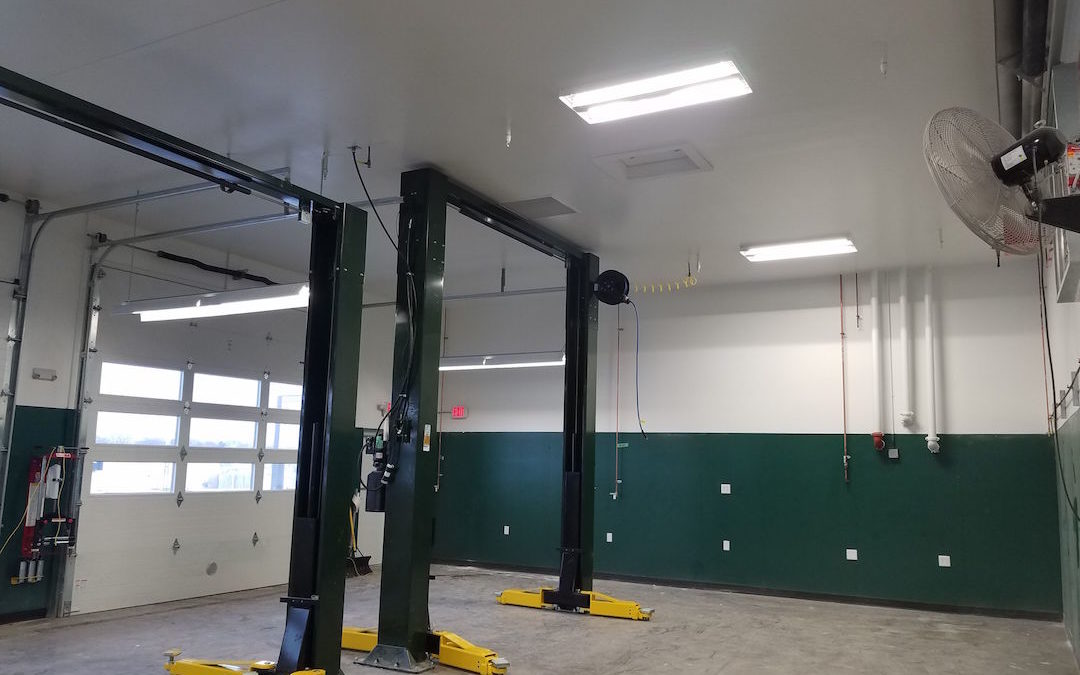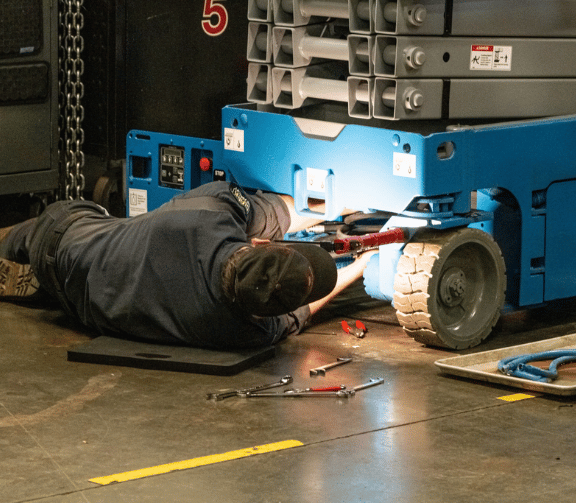How Lift Maintenance London Stands Out Among Local Lift Repair Companies
How Lift Maintenance London Stands Out Among Local Lift Repair Companies
Blog Article
Comprehensive Overview to Lift Systems and Their Upkeep
Navigating the complex world of lift systems and their maintenance is a task that requires accuracy and understanding. From the different types of elevator systems in use to the precise adherence to safety and security regulations, the maintenance of these vertical transportation gadgets is a complex venture.
Kinds of Lift Systems
The most usual types consist of hydraulic lifts, traction elevators, machine-room-less lifts, and vacuum lifts. Hydraulic lifts are perfect for low-rise structures and make use of a hydraulic piston to move the elevator car. Machine-room-less lifts are a space-saving alternative as they do not need a different equipment area for the elevator equipment.
Each sort of lift system has its own benefits and disadvantages, making it vital for building owners and developers to carefully consider their certain requirements prior to choosing the most ideal alternative. Elements such as constructing height, room accessibility, energy efficiency, and budget plan restrictions all play a significant duty in establishing the ideal elevator system for a certain building.
Typical Upkeep Issues
Routine maintenance of elevator systems is crucial to make sure smooth operation and extend their life expectancy. Despite routine upkeep, lift systems can still come across typical upkeep issues that need to be immediately addressed to protect against disturbances in solution. Routine examinations and positive maintenance can aid recognize and solve these common upkeep problems before they rise and affect the overall performance of the lift system.
Security Regulations and Compliance
Sticking to stringent safety laws and making certain conformity with sector criteria are critical for preserving the functional honesty of lift systems. Lifts are subject to a thorough set of safety regulations to safeguard passengers, maintenance workers, and the public. Regulative bodies such as the Occupational Safety and Health Administration (OSHA) in the USA and the European Lift Organization (ELA) in Europe establish standards that cover various aspects of elevator style, setup, maintenance, and procedure.
Conformity with these policies is not just a legal need however also a moral obligation for structure proprietors and elevator upkeep business. Regular evaluations, maintenance checks, and adherence to security methods outlined in the policies are crucial to ensure the risk-free and reliable operation of elevator systems.
Best Practices for Upkeep

Structure proprietors ought to also consider spending in innovation upgrades to improve the performance and safety and security of their lift systems. By complying with these best practices, elevator systems can operate smoothly and safely, giving trusted vertical transport for residents.

Advanced Technologies for Efficiency
Implementing innovative innovations in lift systems can dramatically enhance functional performance and passenger experience. These systems enable guests to input their wanted floor before going into the elevator, which then directs them to the most effective automobile.
Moreover, the integration of smart sensors and predictive upkeep capabilities has revolutionized lift maintenance. These sensors can find potential problems before they rise, making it possible for positive maintenance interventions and lessening downtime. Additionally, using energy-efficient elements and regenerative drives helps in reducing power intake and operating expense in lift systems.
In addition, the implementation of cloud-based surveillance and remote diagnostics permits real-time tracking of elevator performance and instant troubleshooting of any breakdowns. This aggressive approach not only improves system integrity however additionally boosts the general customer experience by ensuring continuous and smooth lift operations.
Final Thought
Finally, recognizing the various sorts of elevator systems, common upkeep concerns, security regulations, finest maintenance methods, and advanced technologies for performance is critical for making certain the smooth procedure of navigate to this site elevators. By adhering to safety and security guidelines and applying best methods for upkeep, structure proprietors can extend the life-span of their lift systems and ensure the safety and security of travelers. It is essential to stay upgraded on the most current developments in elevator technology to boost performance and integrity.
The most common kinds include hydraulic elevators, traction elevators, machine-room-less lifts, and vacuum lifts. Hydraulic elevators are excellent for low-rise structures and use a hydraulic piston to relocate the lift vehicle. Machine-room-less lifts are a space-saving wikipedia reference choice as they do not need a different equipment room for the elevator equipment. Regular inspections and proactive maintenance can help recognize and settle these common maintenance problems before they intensify and influence the total performance of the lift system.

Report this page